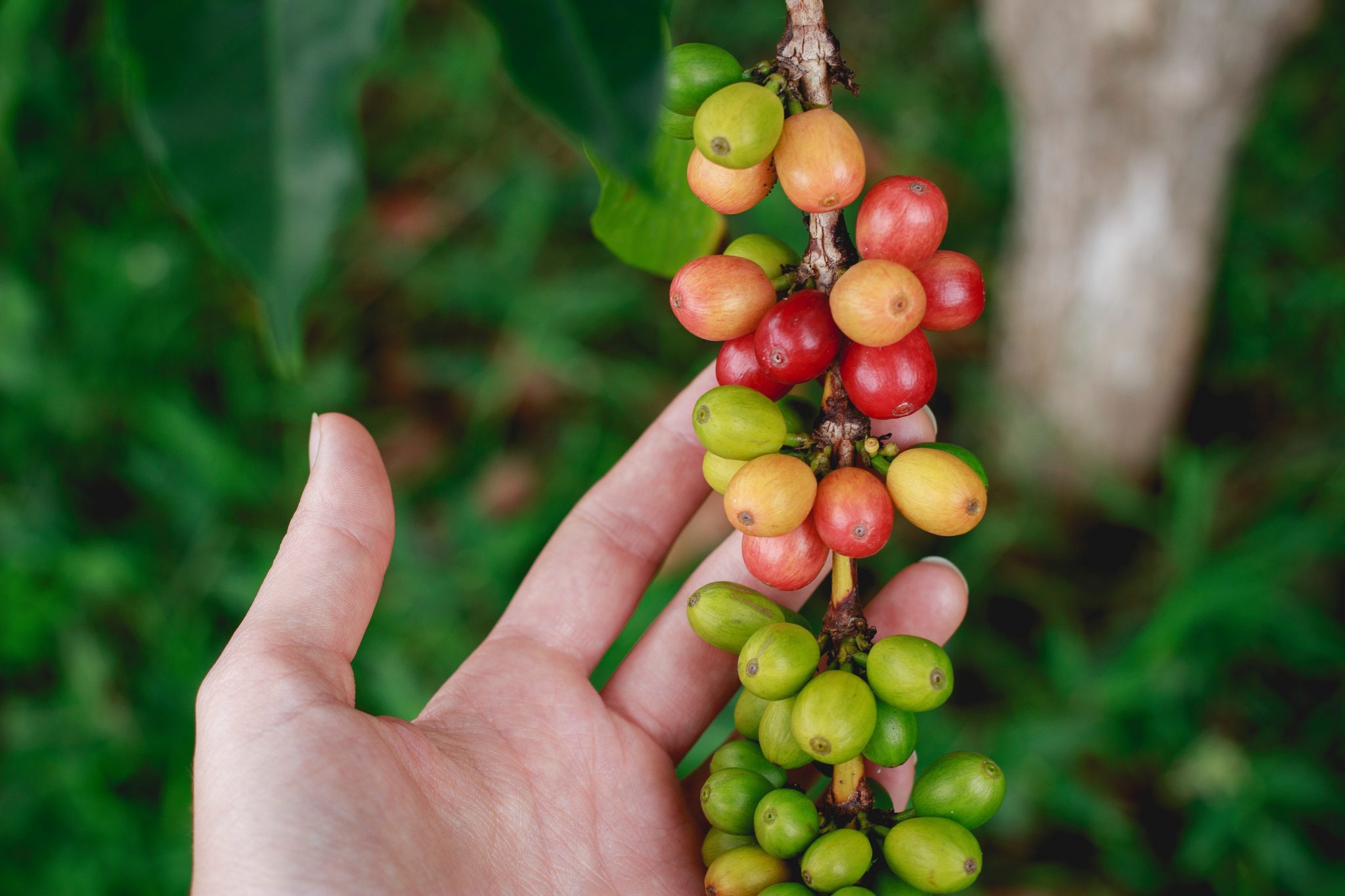The ketogenic or keto diet is a trending and hot dieting and weight loss strategy nowadays. It is a high-fat and low-carbohydrate diet that diverts your body to burn fats instead of carbohydrates as an energy source. The science behind this is ketosis, where the liver releases ketones into the bloodstream as the body’s fuel instead of blood sugar. Compared with other low-carb diets, the keto diet requires between 70 to 80 percent of fat intake, which helps expedite weight loss and control appetite.
To gain the full benefits of a keto diet, you need to strictly follow the dos and don’ts of this diet. Online resources like this https://www.drberg.com/ site can really help you when it comes to figuring out what you are able to eat, and also understand some of the changes that are happening in your body when you start the diet. Read on as we share some of the dos and don’ts of the keto diet.
Do Eat High-Quality Fats
Just because your keto diet needs a high fat intake, it does not mean you can eat just any fat. Not all fats are created equal, as some processed fatty foods can have sugar added to them. Keto diet experts from For Keto Life recommend avocado, grass-fed ghee or butter, and unprocessed nuts as fat sources you can eat and as primary sources of your calories. Extra virgin olive oil, bacon fat (zero-sugar bacon), and pasture-raised egg yolk are other high-quality fats you can consume. Why you need high-quality fats is to ensure that your high-density lipoprotein (HDL) cholesterol (good cholesterol) levels do not drop to unhealthy levels. HDL cholesterol also helps promote heart health by lowering high blood pressure. When low-density lipoprotein (LDL) cholesterol levels are higher than HDL levels, you may be at risk for developing metabolic syndrome.
Don’t Eat Sweet, Sugary Fruits
While fruits are healthy and nutritious, many taste sweet because of their glucose and fructose content. Remember that this diet requires you to limit your carbohydrate intake. Eating sweet fruits can disrupt the ketosis in your body. Thus, avoid sweet fruits like oranges, tangerines, cherries, grapes, mangos, and bananas. If you like making keto-friendly smoothies, be sure not to have these fruits and other sweet-tasting fruits included in the mix.
Do Eat Green Leafy Vegetables
Leafy greens such as cabbage, spinach, arugula, and kale are low in carbohydrates and high in dietary fiber. It is a great combination for your keto diet as you need to limit your carbohydrate intake to five percent and fiber helps you feel sated for a long time, and you do not feel hungry often.
Don’t Consume Grain-Based Foods
Grains are a good source of carbohydrates, and you should avoid eating grains or grain-based products such as bread and pastries. Thus, avoid oatmeal, rice, corn, wheat, barley, and quinoa. You also have to stop eating grain-based products such as flour tortillas, corn tortillas, cookies, crackers, and pasta. Cravings can be a bit hard to resist, but you need to stay on track for this diet to succeed. There are healthy and keto-friendly alternatives such as vegetable pasta, grain-free bread, and protein chips, to name a few, which you can eat and not feel guilty about.
Do Eat Lean Protein
Protein accounts for 25 percent of your keto diet. Thus, you need to consider the quality of your protein sources. We mentioned earlier about fat quality, and lean meat is your best bet in ensuring sufficient protein intake and minimizing low-quality fat intake. You need protein to maintain your muscle mass while your body gets rid of the fat. Choose lean meat cuts or fatty cuts from grass-fed cattle such as brisket and ribeye. Poultry and fish are also excellent sources of protein and fat.
Don’t Consume Anything With Sugar
Sweetened foods and drinks are a no-no when it comes to a ketogenic diet. Read the labels of the food and beverages you eat and watch out for the words “sweetened,” “sweetener,” or “zero sugar” in the labels. Also, look at the glucose and fructose content of your food and drinks. Better yet, minimize your intake of ready-made food or drinks and cook or prepare your food and drinks to ensure that there is no sugar added to the food you eat. Your body will undergo ketosis faster, and there will be no disruptions to the process if you stick to a very low carbohydrate consumption of five percent.
Do Keep Yourself Hydrated
Hydration by drinking water is important for maintaining and regulating various processes in the body. Along with losing fat, a keto diet also involves losing much water during the fat elimination process. Thus, keep yourself regularly hydrated by drinking more water. Coffee and tea without added sugar can also be your alternative hydration sources. You are losing a lot of water when you are on a keto diet so drink more than your usual intake of water. A good rule of thumb is to drink water whenever you feel thirsty. This prevents dehydration and keeps your hydration at an optimum level even on a keto diet.
We have provided some of the important dos and don’ts of a keto diet. There are other dietary restrictions we may have not included here, but you can research further on them or consult a dietitian or nutritionist to get professional advice about the diet. When you closely follow your keto diet requirements, you can achieve a lean physique, an ideal weight, and good overall health.


